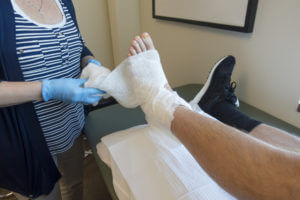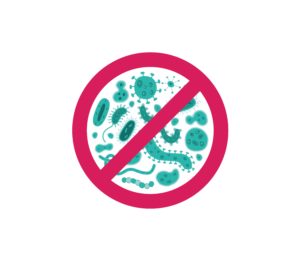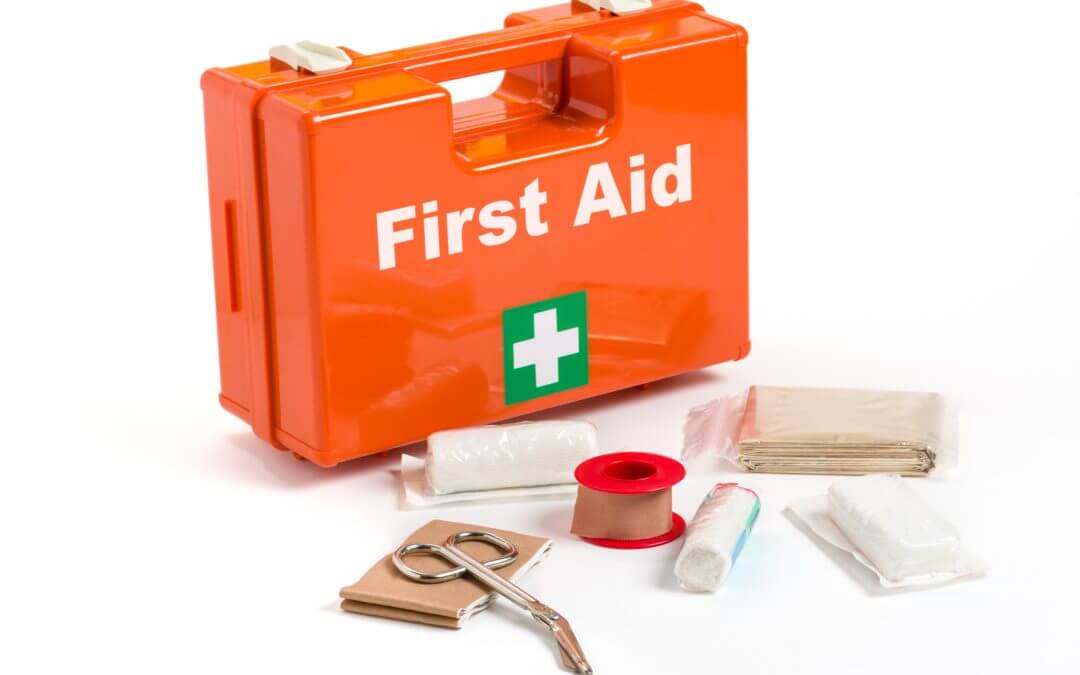Foot injury and self-help (Part-2)
A penetrating foot injury

Dealing with a foot injury the best advice is to avoid the problem in the first place. I dealt with this in my previous article feet and safety at home. In this article I look at a common event caused by a sharp penetrating object piercing the sole last year (Video).
As I reflect on this traumatic event I would always advise anyone to wear strong shoes or boots with ½ inch sole when dealing with any type of DIY fixings. I would like to share my experience and advice. You can either leave the foreign object in and seek a minor injury centre immediately or dial 111 for advice or deal with this sensibly by first aid. This is not a medical life-threating emergency.
First Aid

Remove the tack and make the wound bleed. This will help to flush the wound and lower the risk of infection. You can use salt water. Ideally boil the water first and let it cool down before immersing your foot into a clean receptacle. The idea is to flush the wound of any debris.
To make salt water (saline) add a hand full of domestic salt to the water and stir well with a clean spoon. Add more salt if the bowl is larger or use around a hand full to every 5 litres (or 10 pints approx [1.8 pt = 1l])
Using an antiseptic solution is helpful and you can keep sterile sachets of chlorhexidine in your first aid box for that time when you need to flush quickly. Each sachet is 25 mls and you ideally should use 3-4 over a bowl. Washing the wound out with a sterile syringe is better, but the item may not be something many keep routinely at home. Both items however can be purchased from a pharmacy. Syringes are useful for a wide range of purposes but if used for flushing they must be taken from a sterile wrapper. After all, we must not follow the folly of drug addicts!
It is a good idea to check your first aid kit has bandages, gauze and sterile plasters to suit your family needs. Buy a dedicated pair of scissors and keep everything to hand where you can reach the kit. First aid kits can be bought or you can make your own up.
When to use dressings
 A light dressing can be adhered to the foot using gauze and tape. If bleeding is heavy make sure you elevate the foot. Maintain pressure for 20 minutes to allow the blood and wound to clot. Even then if you start moving bleeding may restart. This advice is not indicated for managing penetrating injuries with objects that penetrate the foot deeply. Such objects tend to rip through blood vessels and other structures. If you do happen to tread on something that does this, then a little common sense must prevail as to who to seek help from.
A light dressing can be adhered to the foot using gauze and tape. If bleeding is heavy make sure you elevate the foot. Maintain pressure for 20 minutes to allow the blood and wound to clot. Even then if you start moving bleeding may restart. This advice is not indicated for managing penetrating injuries with objects that penetrate the foot deeply. Such objects tend to rip through blood vessels and other structures. If you do happen to tread on something that does this, then a little common sense must prevail as to who to seek help from.
Larger dressings are required for wounds that bleed or discharge. These wounds may become complicated or even infected and will need professional help. Apply a small amount of antiseptic cream (in date) or spray to the skin for lighter puncture wounds. Don’t forget a little blood goes a long way. Bleeding often appears much worse and is not life threatening but it is scary.
Make sure that you sit or lie down with the foot lifted above the waist. While the bleeding will be helped this will also lessen the risk of fainting.
Change dressings regularly if bleeding strikes through. Once the wound stops bleeding don’t disturb it for 24 hours. DO keep the area clean and disinfected. Monitor the wound for 2 days and if there is no pain or discharge you may no longer need a dressing. Of course, this is for healthy fit people young or old.
Medically challenged patients would be best registering the injury with their local doctor (GP) or clinic nurse or call 111 only use A&E and 999 for life threatening conditions
It might look bad!

While the nail is in the foot, the bleeding will be controlled. If possible detach the heavier object or see if someone can cut the nail as close to the object. Flush the wound copiously with sterilised salty water (as described above) or an antiseptic wash (chlorhexidine) and make a donut dressing around the wound so it is compressed. Contact 111 directly to make an appointment (check recent Government NHS guidelines) or go directly to A&E where the nail can be removed safely.
Feet often do well following some of the nastiest of injuries and recover so do not despair, Modern medicine and health care can do much to restore things back to normal. You may have some numbness for ever but that’s not too much of a problem given the nature of the accident!
Signs of infection

The signs of infection are represented by expanding redness and increasing pain. Red streaky lines going up the foot are a clear sign that professional help is required. Don’t wait.
A swollen foot (compare the injured side to the normal foot) is now a medical concern and will require antibiotics. The timeline for escalating infection is around 12-48 hours so you will know quickly if all is not well.
If you leave the redness to progress you will then enter into sepsis. You will start to feel ill, hot and sweaty. Blood infection (septicaemia) kills and so what started as a simple injury is now an emergency requiring A&E admission.
In some rare cases a sharp object can cause internal foot bleeding. This means you cannot tell how much you are bleeding.Even the ½ in. nail can do this in the right circumstances. If the foot swells within ½ to 1 hour then internal vessel damage must be suspected. A blood pool forms and if left unmanaged will becomes infected and the cycle continues.
We must minimise the risk of serious injuries by being aware of dangers all around us. If they happen the best is to be aware of the potential dangers from even the smallest of accidents. A little be of first aid could save your life or at least your leg.
David is a former qualified podiatric foot surgeon (FCPodS) with 40 years experience in the field. Dealing with the effects of damage were common features in his practice and so keeping injuries in perspective he is able to look at what patients should and should not do to help themselves.
Thanks for reading ‘Feet and safety at home’ written by David Tollafield

First published July 2020
Published by Busypencilcase Reflective Communications Est 2015
![]()


Recent Comments